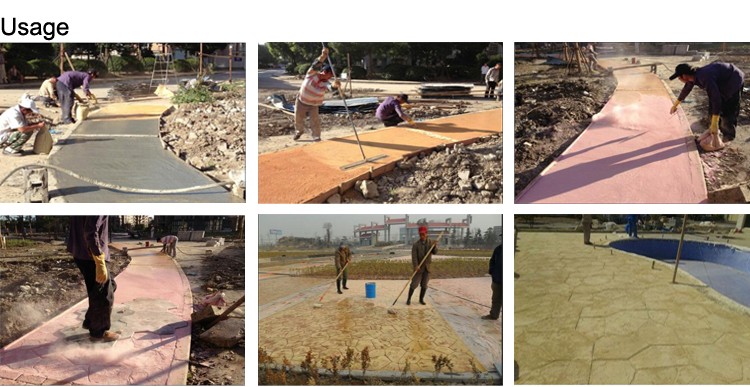Floor / Wall Stamped Concrete is the process of pressing decorative or natural impressions into wet concrete using rubber stamps. This is a great way to add a unique flair to your driveway, pool deck, patio, walkway or walls.
Benefits of using stamped concrete.
1. Concrete is one of the most durable building materials available for paving, which comes in handy in high traffic areas such as driveways and walkways.
2. Choosing stamped concrete over other paving materials such as natural stone can be a more economical choice. Done right, stamped concrete can look just as high quality as these other methods. For instance, a stamped concrete job can be installed in a portion of the time as natural materials takes, which allows contractors to be more productive.
3. The biggest advantage to stamped concrete is the flexibility.
Concrete stamping, combined with different finishing techniques, allows for unlimited design opportunities such as aged cobblestones, brickwork, flagstones, slate tile, marble, granite, wood, or just about any natural surface.
| Model | LYA-276 |
| Size | 1060*760mm |
| Weight | 5.0kg |
| Material | rubber,pvc |
| Wattery | 3years |
| Color | as clients prefer |
| Type | concrete stamp molds |
| Surface | aged cobblestones,brickwork,flagstones |
| Usage | driveway,pool deck,patio,walkway or walls |

How to used the stamped concrete?
In advance you can broadcast your powder release agent onto the surface of the concrete stamp. Once your concrete is installed and at the concrete’s optimum degree of set, you can begin stamping. (approximately the brooming stage) Place these on the surface to be stamped, and just place your seamless texture mats right over these mats. Great force should not be necessary to press the mat into the wet concrete. Since, time is of utmost importance in decorative stamping, you should begin and proceed without delay. Coat your stamp with powder release after each application.
Bubble gum liquid release may be used as a substitute to the powder release. The bubble gum liquid release is a much easier and cleaner method but will leave no secondary antiquing color highlights which are achieved with the powder method. The decorative concrete should then be left to set for at least 24 hours.
At the end of this period, the excess powder release (if used) should be washed off the surface of the concrete. Approximately 15-20% of the colored release agent will adhere to the concrete. Allow to dry and seal with a good quality concrete sealer. Sealer brings out the richness of the color and prevents the color from fading and staining.
